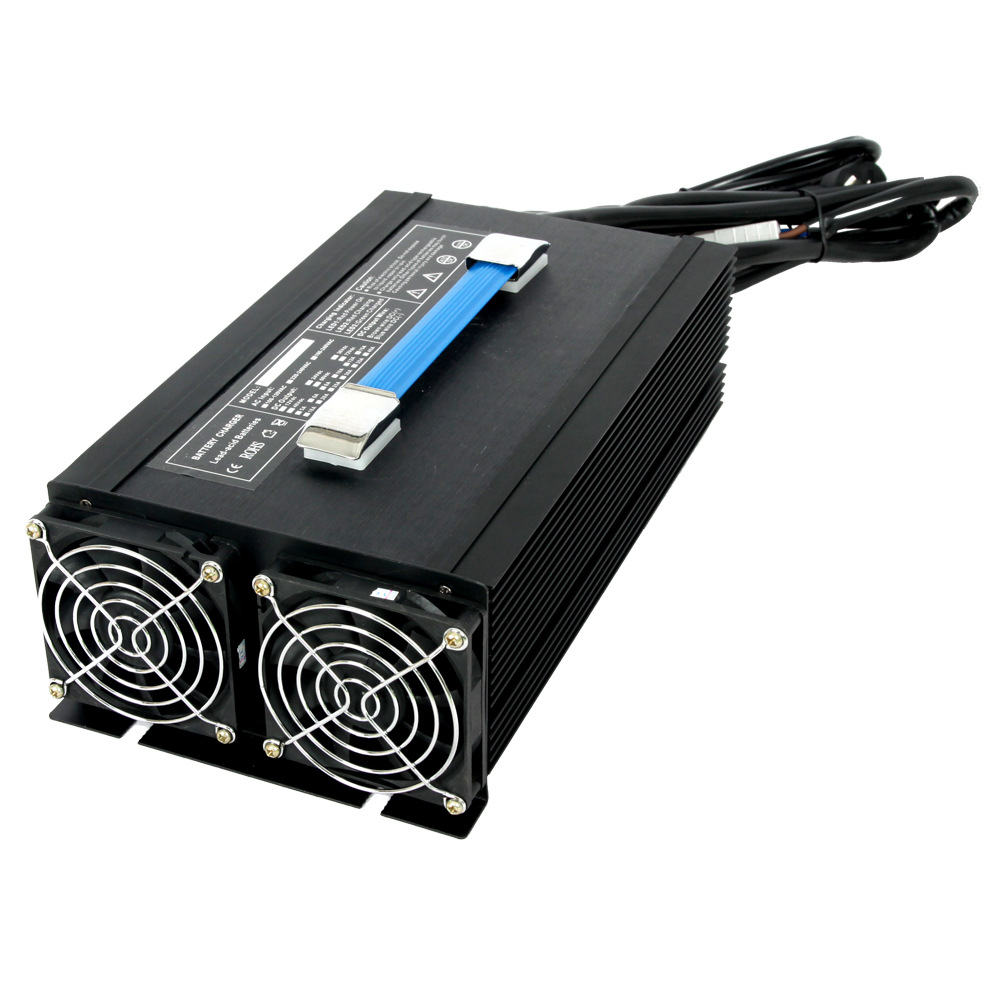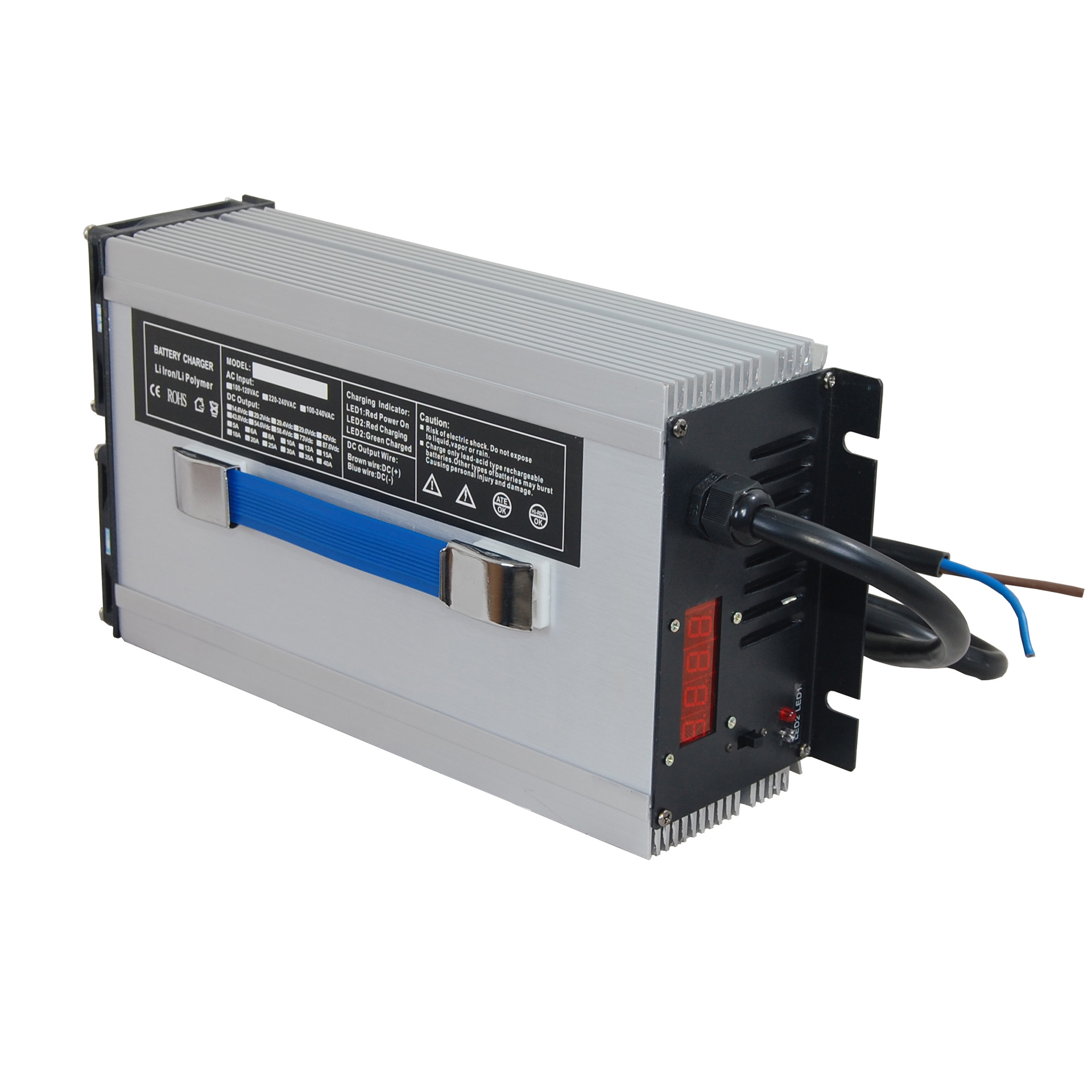An OBC charger could be the perfect answer. With the right model, you can enjoy more power at home or on the go without having to worry about running out of juice unexpectedly.
When selecting a charger, think about which type best suits your needs. Many models come with adjustable wattage settings so you can save energy levels without sacrificing speed, while others may offer protection features too - great for those long trips!

The major benefit of having an OBC charger is that it provides greater convenience; many models allow drivers to monitor their car’s progress from anywhere in the world. This way, you can make sure your car is always ready when you need it most.
Overall, investing in an OBC charger is definitely worth considering if you want quick and easy access to power when out and about. Do your research carefully and find one that fits all of your requirements - then just relax knowing that your car will remain charged whenever you need it.

Next:Making Forklift Driving Easier with a Battery Charger
Previous:Stay in Charge with an On-Board EV Charger
Contact Person: Miss. Kiki
| WhatsApp : | +8617763224709 |
|---|---|
| Skype : | +8617763224709 |
| WeChat : | +8617763224709 |
| Email : | kiki@lifepo4-battery.com |